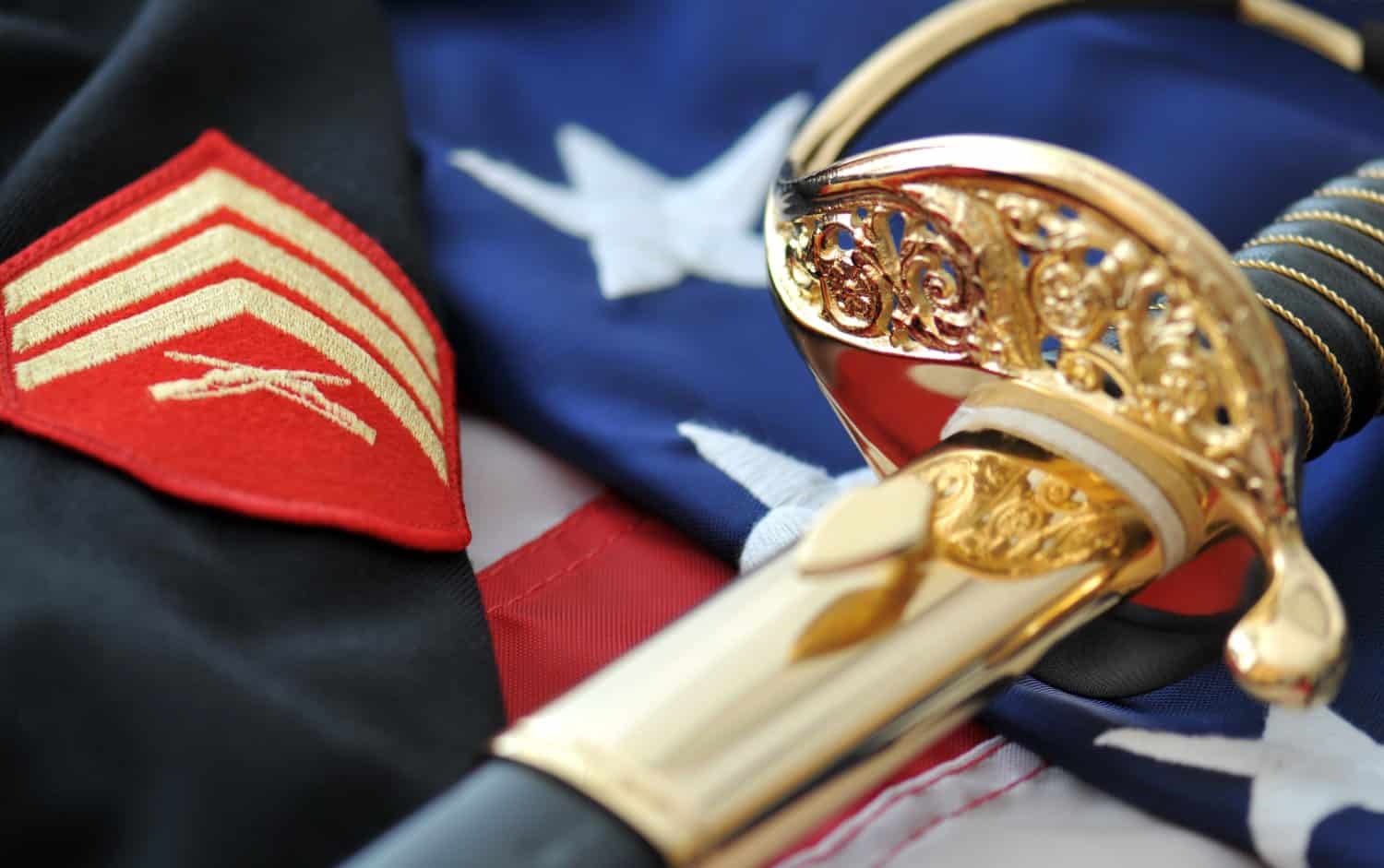
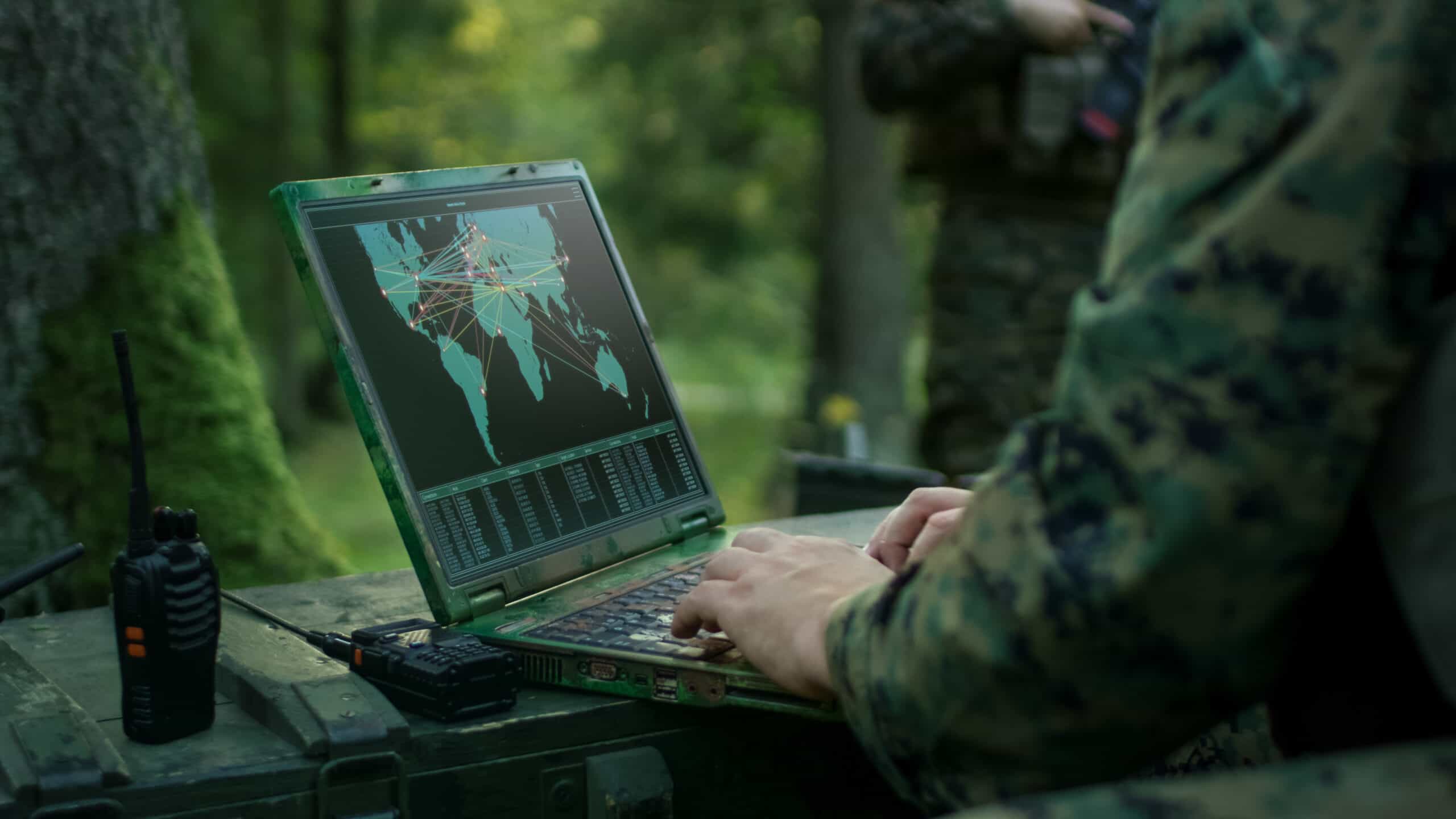
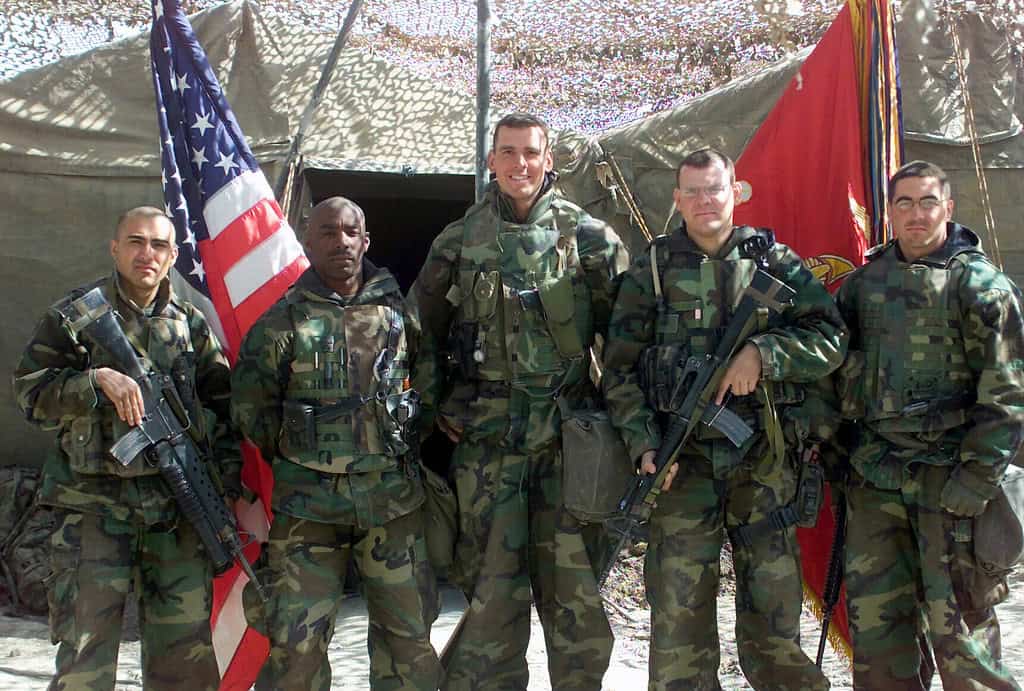
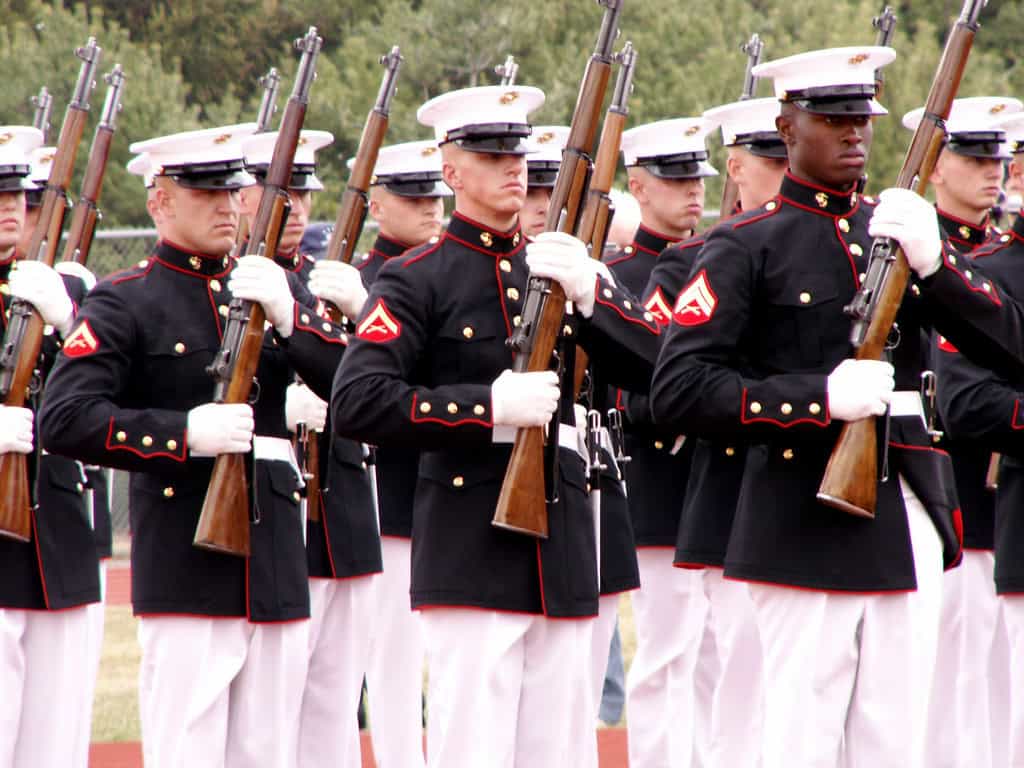
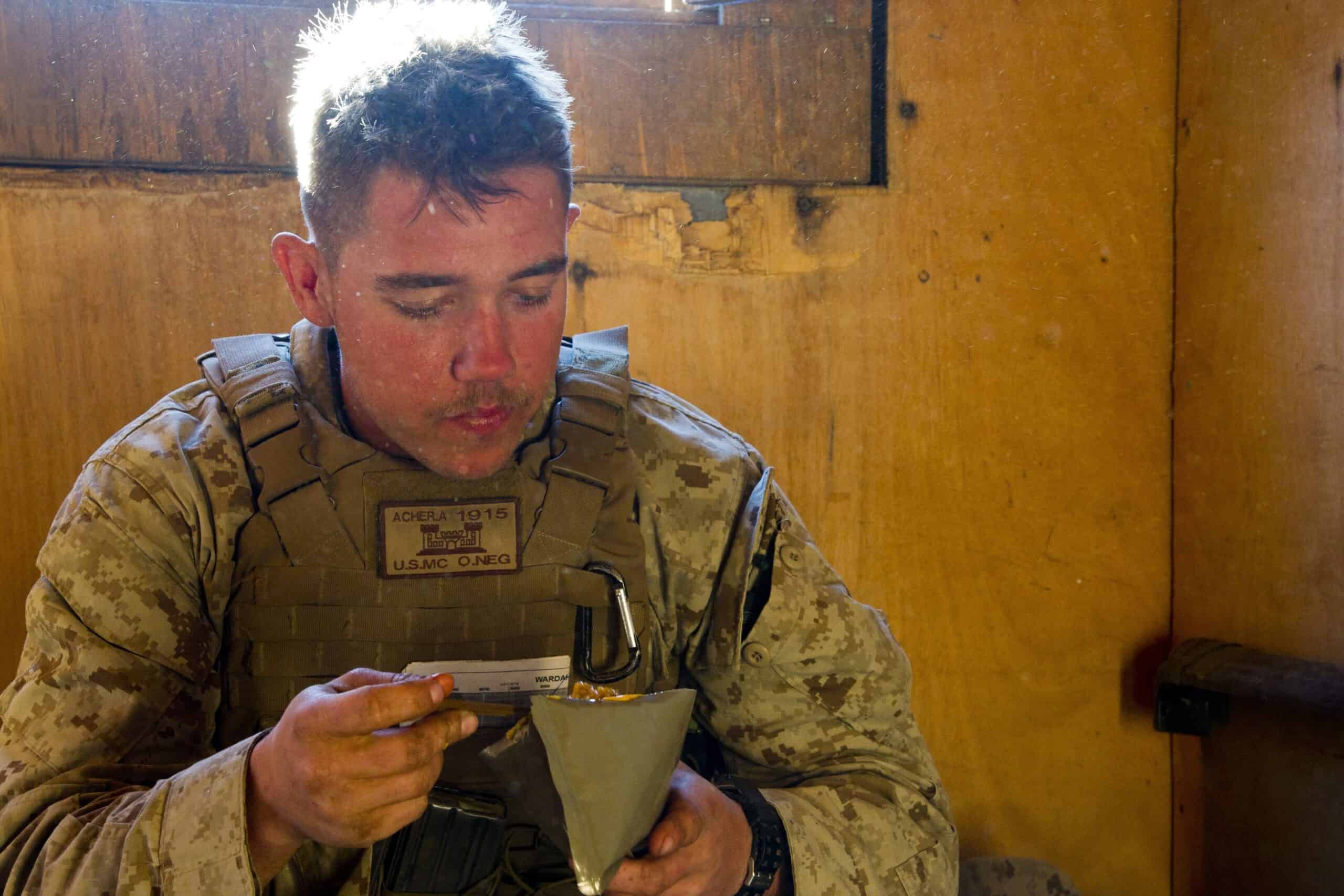

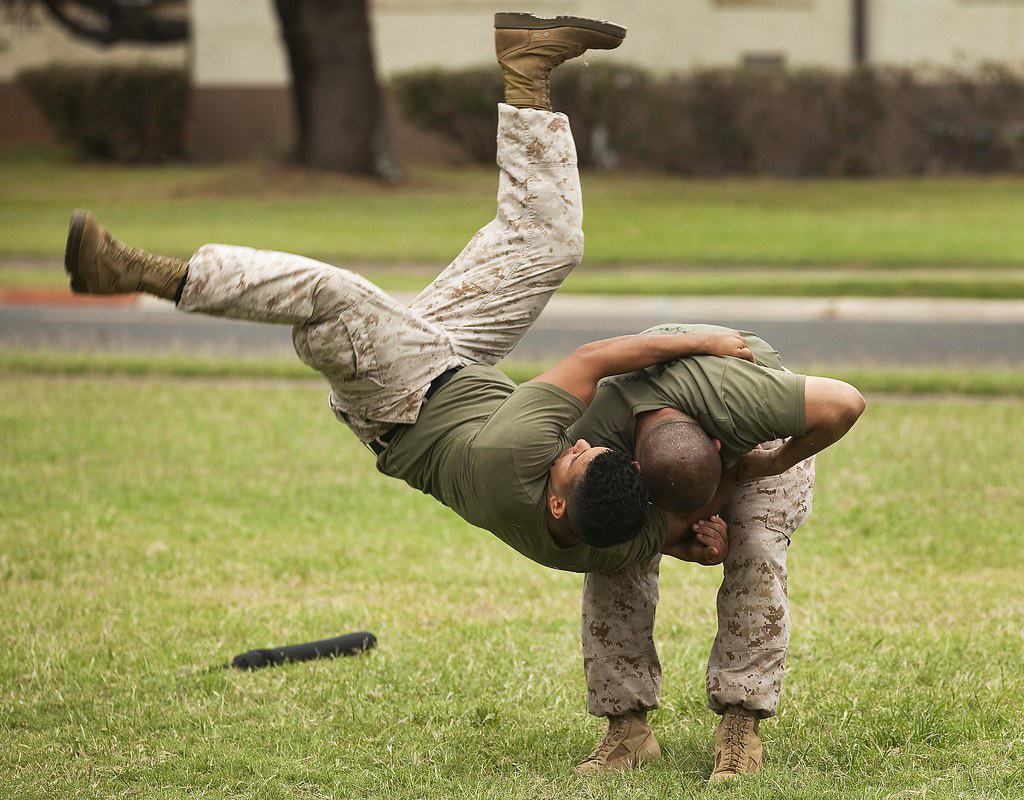
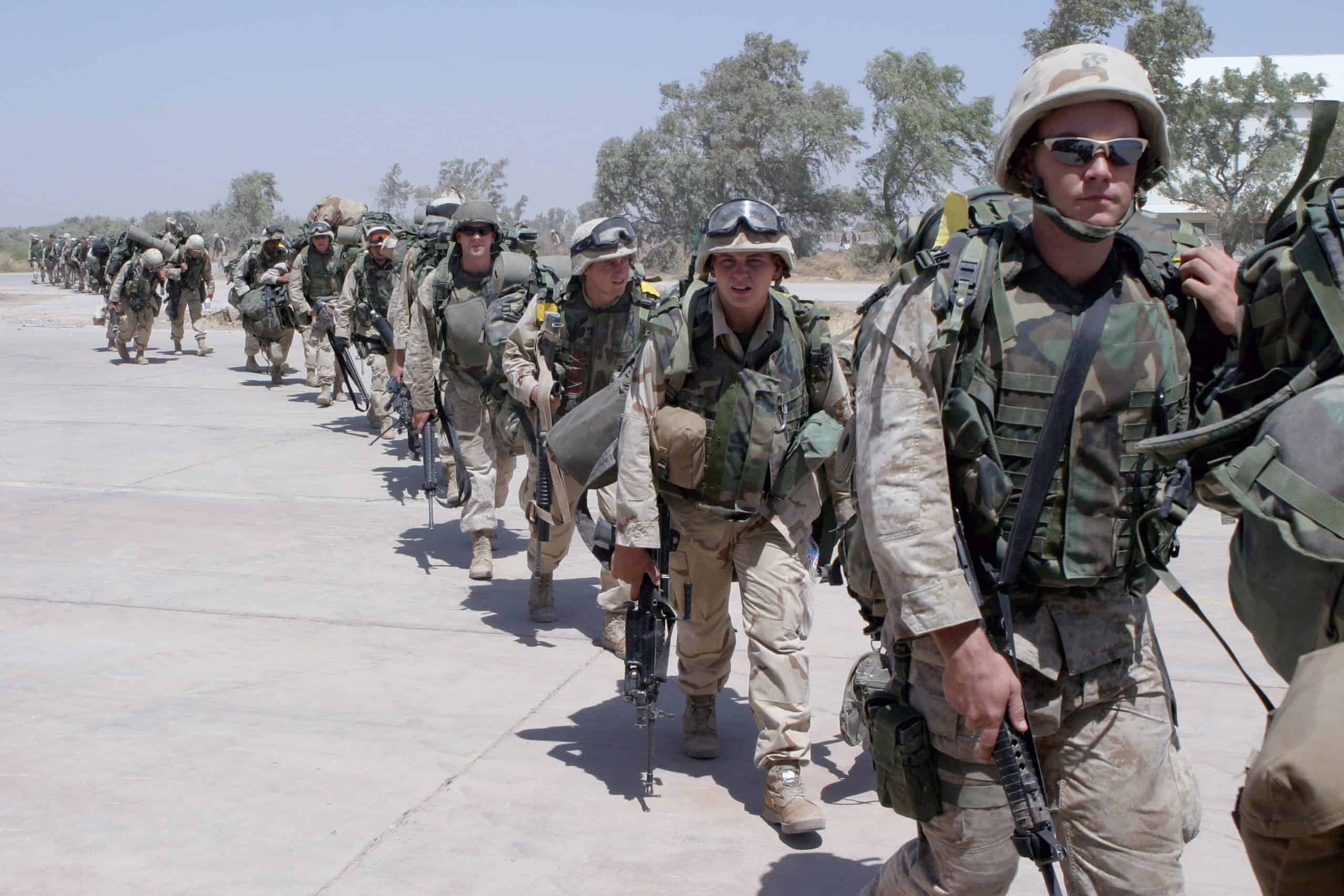

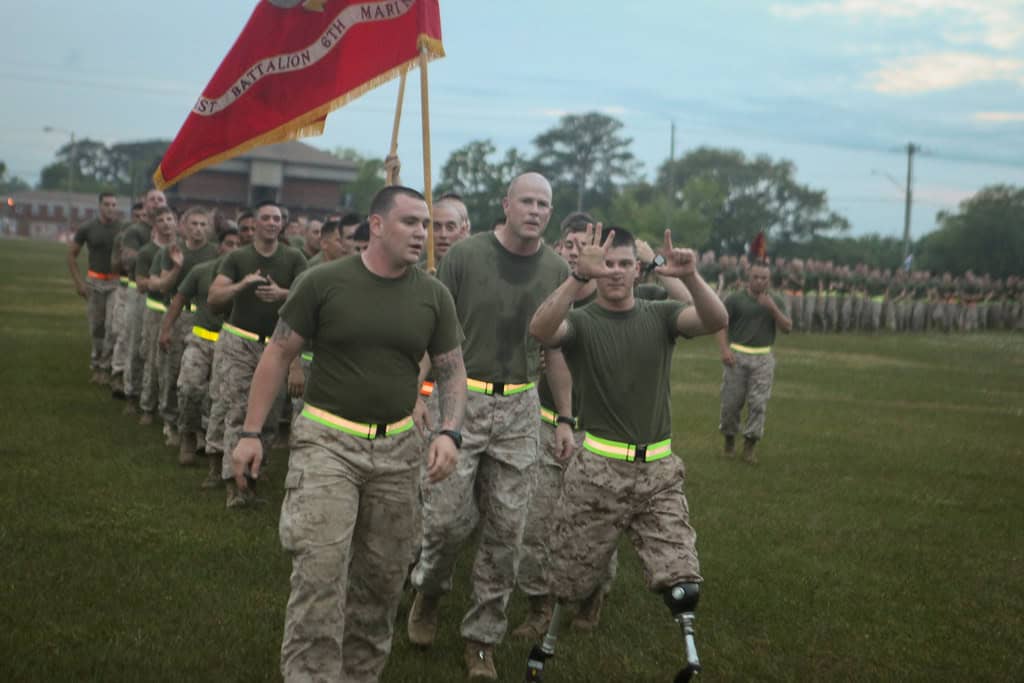
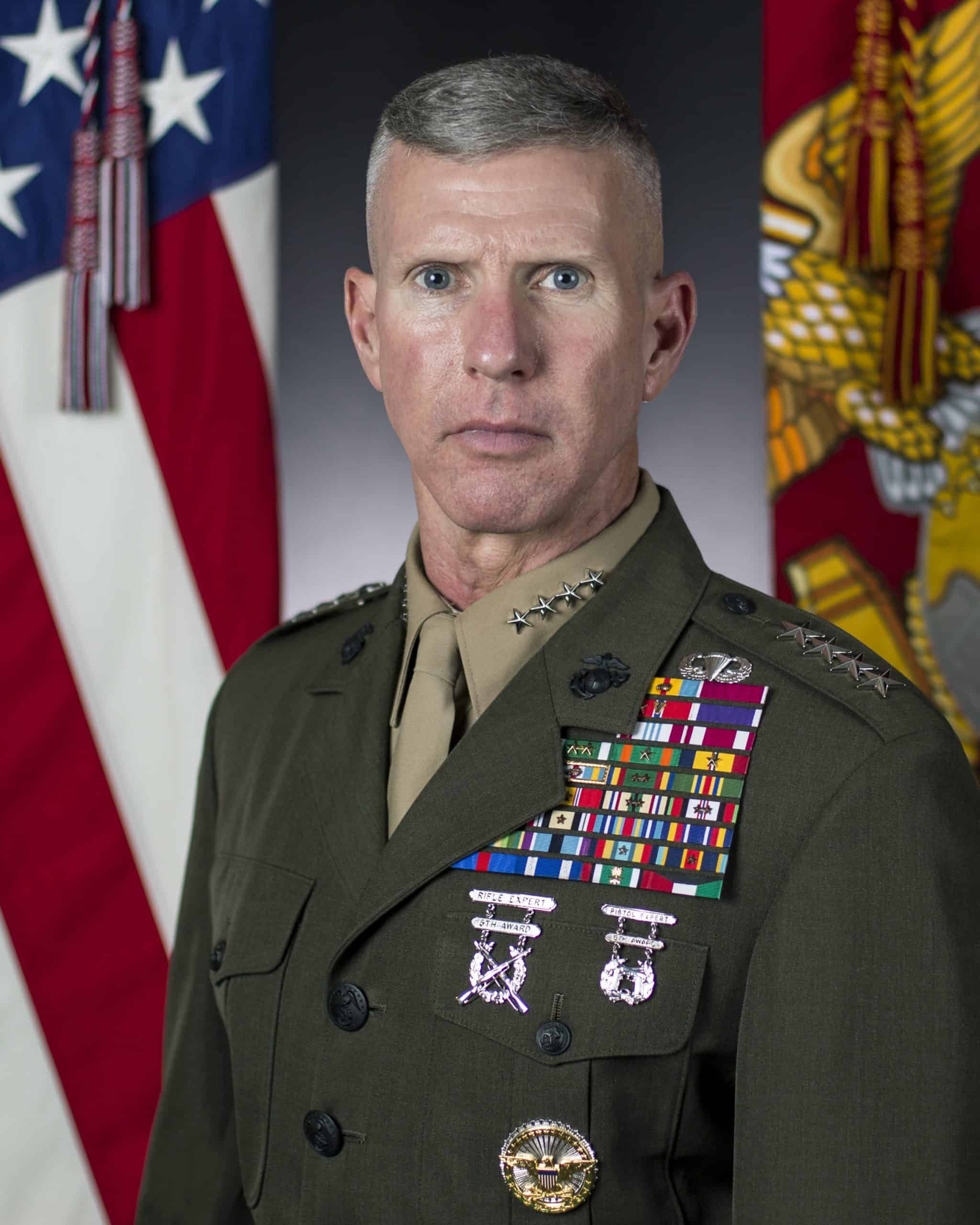






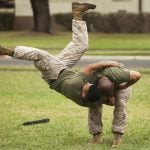



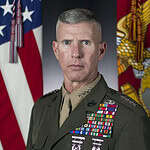
The Marine Corps "Rule of 3" and How It Works
The Marine Corps' entire structure is built around the Rule of 3. This rule has a superb purpose, giving further depth and flexibility to units regardless of their size. With that in mind, it is worth exploring how combat units across the entire Marine Corps are organized, along with the command elements in place.
The Rule of 3
The Rule of 3 denotes that any Marine command structure is divisible by 3. This starts at the most basic combat command and grows exponentially when considering larger units. All of these units will have a commanding officer or NCO of some stripe, but the basic concept builds upon these simplistic structures.
Effective Command Structures
The Rule of 3 works because there is an effective chain of command the whole way down. The largest structures are effectively armies in their own rights, but when divided by 3, you start seeing the gears of command in place.
Fire Team
- Number of Marines: 3
- Command Rank: Corporal
The most basic structure to follow the Rule of 3 is the Fire team. Fire teams are comprised of 3 marines and a team leader. While this follows a similar structure as seen in the United States Army, the Marine fire team is typically smaller. Smaller units allow more flexibility when considering the composition of the next structure.
Squad
- Number of Marines: 9
- Command Rank: Sergeant
Squads are composed of 3 or more Fireteams. The squad will be considered the most basic acting unit in a combat theater, but the ability to divide the squad further into 3 separate fire teams shows the flexibility of a combat unit when using the Rule of 3.
Platoon
- Number of Marines: 27
- Command Rank: Lieutenant
A platoon is when you start seeing commissioned officers taking command. These command structures are made up of 3 or more squads, which means you've got 9 fire teams rolling around to take objectives and reinforce key positions as needed.
Company
- Number of Marines: 243
- Command Rank: Captain
A company is the lowest command structure to feature a headquarters. Companies will typically have 3 or more platoons, showing the flexibility of the Rule of 3 even further. As we've discussed, the ability to field up to 27 fire teams in a theater makes for a surprising degree of flexibility when considering the role of every Marine.
Battalion
- Number of Marines: 729
- Command Rank: Lieutenant Colonel
We're heading further and further into larger command structures that abide by the Rule of 3 now. A battalion typically has 3 or more companies. When considering entrenched objectives or other points of interest in a combat zone, having such tight organization across the board gives a clear and actionable chain of command.
Regiment
- Number of Marines: 2,187
- Command Element: Colonel
A regiment is composed of three or more battalions and is where you'll see the stuff of legends when it comes to the Marine Corps. Regiments still stick to the Rule of 3, as does every command in the entire Marine Corps. However, these are the units that you'll want to see if you're an embattled unit in need of reinforcing.
Marine Division
- Number of Marines: 6,561
- Command Element: Major General
While a regiment is a sizable command, the marine division is what you'll see being deployed to foreign war zones. This is composed of three or more regiments, making for a frighteningly organized fighting force. The Rule of 3 still applies, naturally, but when you consider the clear chain of command, this is a force to be wary of.
Marine Corps
- Number of Marines: 26,244
- Command Element: Commandant
The Marines are a smaller force than the other Armed Services. However, when looking at a Marine Corps, you're looking at 3 or more divisions. The Rule of 3 is still in full effect, but this is a massive command structure. The Commandant of this unit reports directly to the Secretary of the Navy.
